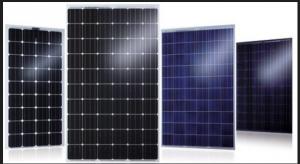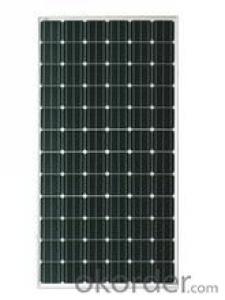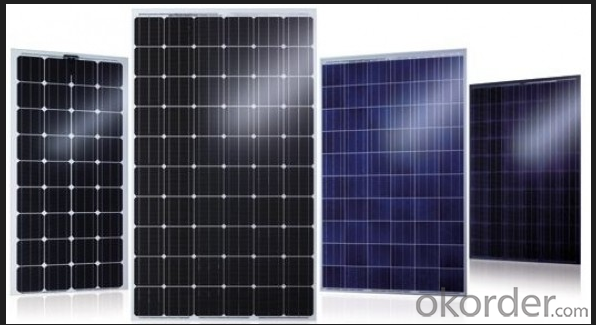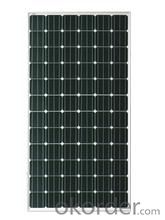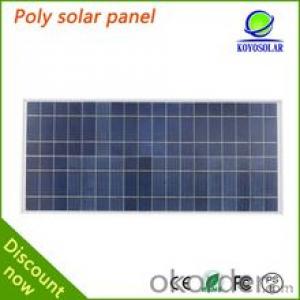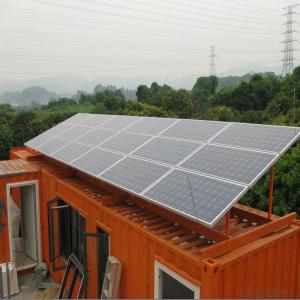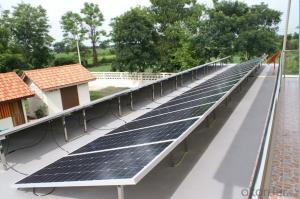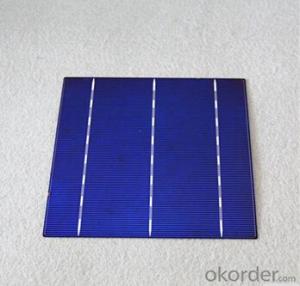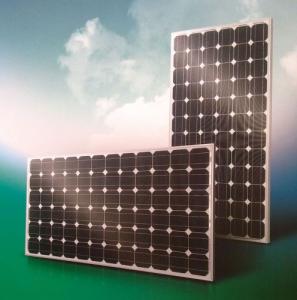Tmd Solar Cells - High Quality, Affordable Solar Cells from China
- Loading Port:
- China main port
- Payment Terms:
- TT or LC
- Min Order Qty:
- 100 m.t.
- Supply Capability:
- 10000000000 m.t./month
OKorder Service Pledge
OKorder Financial Service
You Might Also Like
Quick Details
Packaging & Delivery
| Packaging Detail: | Standard export carton for container order, extra pallet for LCL. |
| Delivery Detail: | 15-20 days for 300KW after recept of deposit |
Specifications
250w solar panel
CE, ISO9001,TUV approved
7-15 days delivery for 120KW
20 years product guarantee
carbon free energy solar cell 250w 260w monocrystalline silicon solar panel ,TUV,CE
EJ60M is a good selling type. It features A-grade high efficiency monocrystalline solar cells and is assembled in compliance with EJAI’s unique quality standards. Featuring 60 6” solar cells, the EJ60M not only is a preferred option for residential systems, but also proved to be a great match for commercial and large-scale applications
Specification:
Model | EJ60M-250 | EJ60M-255 | EJ60M-260 |
Maximum Power (Pmax) | 250Wp | 255Wp | 260Wp |
Power Density (Wp/m2) | 153.7 | 156.7 | 159.5 |
Maximum Power Voltage (Vmp) | 30.52V | 30.62V | 30.70V |
Maximum Power Current (Imp) | 8.19A | 8.33A | 8.47A |
Open-Circuit Voltage (Voc) | 37.54V | 37.66V | 37.76V |
Short-Circuit Current (Isc) | 8.84A | 8.99A | 9.14A |
Cell Efficiency | 17.9% | 18.3% | 18.7% |
Module Efficiency | 15.4% | 15.7% | 16% |
No. of Diodes | 6 | ||
Maximum System Voltage | 1000V | ||
Maximum Series Fuse Rating | 15A | ||
Power Tolerance | -0/+3% | ||
Temperature Coefficients of Pmax | -0.43%/°C | ||
Temperature Coefficients of Voc | -0.3%/°C | ||
Temperature Coefficients of Isc | +0.04%/°C | ||
Nominal Operating Cell Temp. (NOCT) | 45±2°C | ||
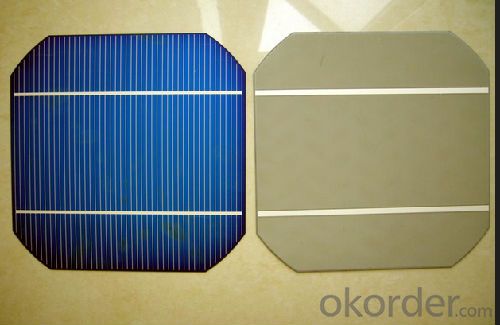
FAQ:Could you introduce your company ?
CNBM is a China state owned company ,one of Global Fortune 500 .
- Q: What is the role of solar cells in powering streetlights?
- Solar cells play a crucial role in powering streetlights by converting sunlight into electrical energy, which is then used to illuminate the streetlights. They provide a sustainable and renewable source of power, reducing dependence on the electrical grid and minimizing carbon emissions. Moreover, solar cells enable streetlights to operate efficiently, even in remote or off-grid locations, making them an environmentally friendly and cost-effective solution for outdoor lighting.
- Q: What is the impact of shading on solar cell performance?
- The impact of shading on solar cell performance is significant as even a small amount of shading can significantly reduce the overall efficiency and output of the solar cell. Shading can create "hot spots" on the cell, leading to increased resistance and decreased current flow. This can result in a loss of power generation and reduced performance. Therefore, it is crucial to minimize shading and ensure unobstructed sunlight exposure to maximize the performance and efficiency of solar cells.
- Q: Can solar cells be damaged by hail or other weather conditions?
- Yes, solar cells can be damaged by hail or other severe weather conditions. Hail can cause physical damage to the surface of solar cells, such as cracks or breakage, which can reduce their efficiency or render them completely non-functional. Additionally, extreme weather conditions like hurricanes or strong winds can also dislodge or damage solar panels, impacting their performance. Therefore, it is essential to consider the durability and resilience of solar panels when installing them in areas prone to severe weather.
- Q: What is the impact of solar cell installations on job creation?
- Solar cell installations have a significant positive impact on job creation. By promoting the growth of the renewable energy sector, these installations create a wide range of job opportunities across various fields such as manufacturing, installation, maintenance, and research. The demand for skilled workers in solar-related industries has been steadily increasing, leading to job creation and economic growth. Additionally, the solar industry often provides employment opportunities at both the local and national levels, contributing to the overall development of the workforce and the economy.
- Q: Anybody ever heard of solar roll flexible solar panel?
- Yes, I did. The solar cell has some specifies as below: Roll able amorphous thin-film solar cells for effective low-light performance Reverse flow protection Fluor polymer construction for extreme durability Link multiple like-units together for even more output
- Q: What's the relationship between solar energy materials and solar cells?
- There are many kinds solar cell materials which are used in producing the solar cells, such as: single crystal silicon, polycrystalline silicon, amorphous silicon, gallium, indium, selenium, copper, etc.
- Q: What materials are commonly used to make solar cells?
- The most commonly used materials to make solar cells are silicon, cadmium telluride, and copper indium gallium selenide.
- Q: Do solar cells work at night or in low light conditions?
- Solar cells do not work at night as they require sunlight to generate electricity. In low light conditions, their efficiency decreases significantly, but they can still produce some electricity, although at a much lower rate.
- Q: What is the right way to operate a solar cell?
- It is difficult to operate the solar cell because it is high technology related.
- Q: What is the role of bypass diodes in shading situations?
- The role of bypass diodes in shading situations is to prevent the shaded cells of a solar panel from reducing the overall power output of the panel. By creating an alternative path for the current to bypass the shaded cells, bypass diodes ensure that the unshaded cells can still generate electricity efficiently. This helps to optimize the performance and reliability of the solar panel system in the presence of shading or partial shading conditions.
Send your message to us
Tmd Solar Cells - High Quality, Affordable Solar Cells from China
- Loading Port:
- China main port
- Payment Terms:
- TT or LC
- Min Order Qty:
- 100 m.t.
- Supply Capability:
- 10000000000 m.t./month
OKorder Service Pledge
OKorder Financial Service
Similar products
Hot products
Hot Searches
Related keywords
